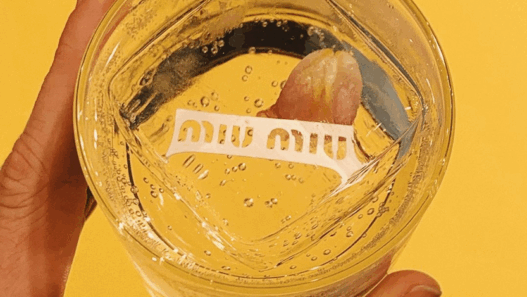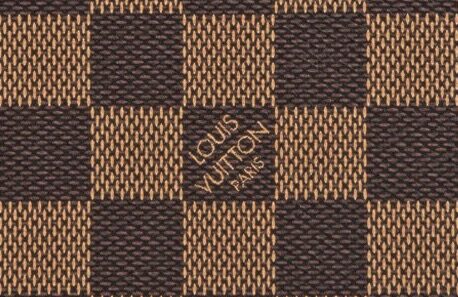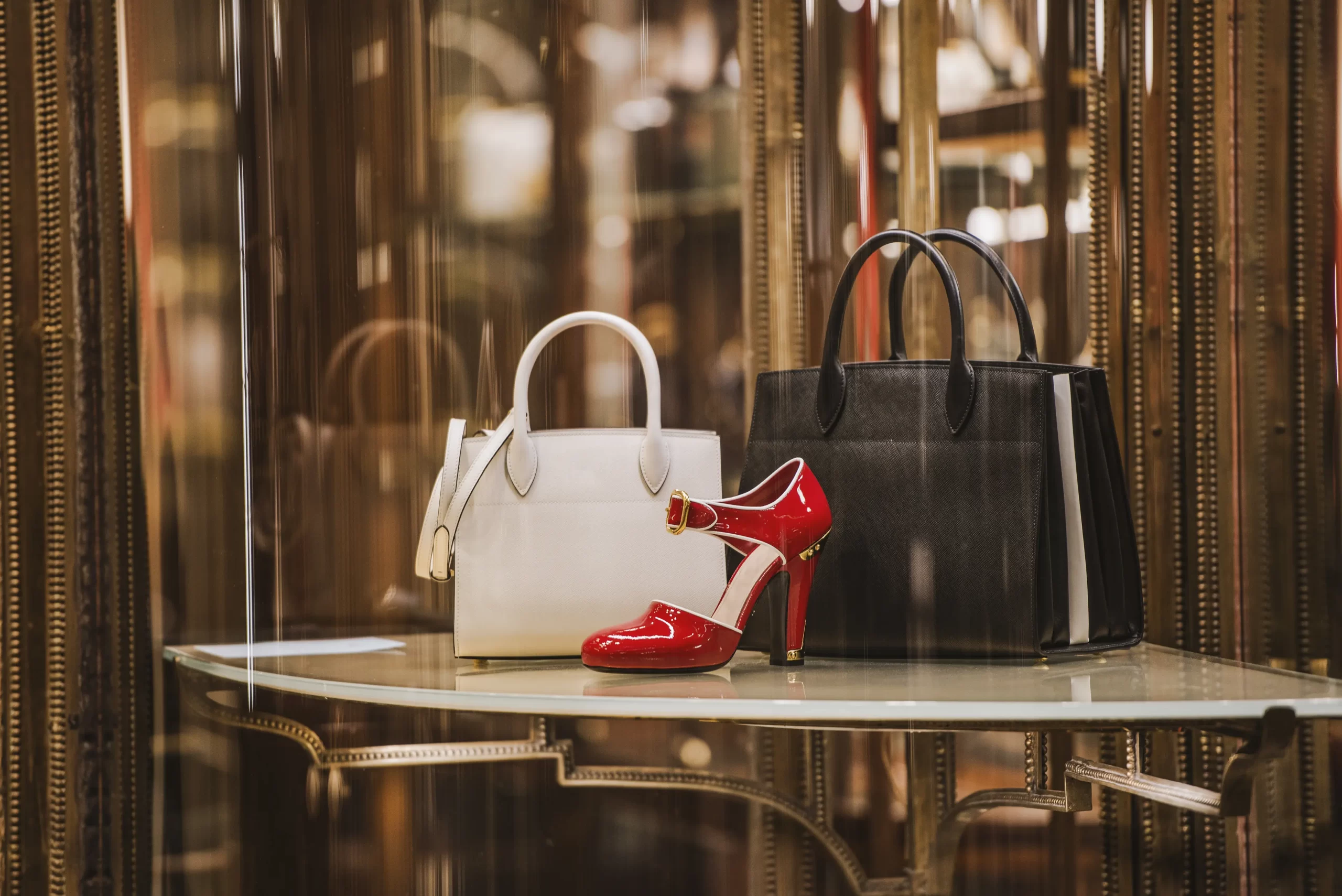Abstract-
In a significant setback to mega fashion houses, a District Court in the United States ruled against the 8.5 billion USD proposed merger between Tapestry and Capri Holdings Ltd.
The Federal Trade Commission, often regarded as the watchdog of antitrust violations, opposed the merger and filed a suit earlier this year. It had argued that the proposed merger could stifle competition in the ‘accessible handbag’ market by eliminating competition and increasing prices, thereby harming consumers. In a market, competition occurs when businesses or sellers try to win over customers to accomplish a specific commercial goal.
This article provides an overview of the ruling while delving into antitrust law and the nuances of antitrust violations during mega-mergers. It also looks into what the ruling means to the fashion industry, given that it’s a first of its kind and has implications for future mergers between mega fashion houses.
Overview of Tapestry-Capri Merger
Tapestry is an American luxury fashion house that owns numerous luxury brands like Kate Spade, Coach and Stuart Weitzman. It is based in New York.
Capri Holdings Ltd. is another global fashion house which is the parent company of luxury brands like Michael Kors, Versace, and Jimmy Choo. It is incorporated in the British Virgin Islands and has operational offices in New York and executive offices in London.
Both companies are known for their serial acquisition business strategy. Tapestry and Capri have been long-time rivals in the fashion industry, especially in North America. They announced a mega-merger of approximately 8.5 billion USD in August 2023, which was received positively by the public but met resistance from the Federal Trade Commission (FTC).
The main reason cited by both companies was that through the merger, both could size up and reach a broader and more diverse customer base. Additionally, Tapestry could tap into newer upcoming luxury brand markets across the globe, such as China, and it would help Capri access greater resources to expand its global presence. The potential merger would have helped both companies as they have been witnessing slower sales across their brands. The proposed merger would have brought six luxury brands, namely Michael Kors, Versace, Jimmy Choo, Stuart Weitzman, Coach and Kate Spade, under one company and would have made it a promising competitor to European luxury brands.
However, the proposed merger was kept on hold for over a year due to opposition from the FTC and their subsequent suing in April 2024 to block the merger.
Federal Trade Commission & Merger Control
Competition law is often known as antitrust law in the United States.
In the United States, two federal agencies bear the primary responsibility of enforcing antitrust laws, i.e.,
- The Antitrust Division of the U.S. Department of Justice (DoJ) and,
- Federal Trade Commission (FTC)
The Sherman Act, 1890[1] is the oldest federal antitrust statute that deals primarily with anti-competitive agreements and monopolies exercised by firms. The Clayton Act, 1914[2] deals with specific business practices like mergers and combinations. The DoJ and FTC independently enforce the Sherman and Clayton Act. However, the DoJ has exclusive authority to prosecute if violation entails criminal prosecution.
The Federal Trade Commission Act of 1914[3] is another legislation that established the Federal Trade Commission, which can order investigations against corporations or persons who are suspected to be engaging in unfair, deceptive or fraudulent trade practices. It also deals with consumer protection. The Federal Trade Commission argued that the potential Tapestry-Capri merger would harm consumers as it would increase the prices of luxury goods such as handbags. It also claimed that the proposed merger would eliminate competition to a great level as it would provide the merged entity with an estimated dominant share of 59% in the ‘accessible handbag’ market.
However, the companies argued to the contrary, stating that the merger would allow them to better keep up with trends and expand their presence in various markets, thereby increasing their customer base and raising competition amongst luxury goods.
They argued that there are relatively lower entry barriers as well, and it is already a very competitive industry; therefore, the merger would only increase competition rather than restrict it. Moreover, the merger would enable U.S. companies to compete with European brands like Gucci and Louis Vuitton, which are steadily increasing their global market share.
After a much-awaited 8-day trial, on 24 October 2024, Judge Jennifer Rochon of the US District Court of the Southern Circuit of New York ruled in favour of the FTC, bringing a heavy blow to the companies’ merger plans.
The Judge stated that the proposed merger would reduce competition in the market as well as harm consumers by hampering access to ‘accessible handbags’, which could be in direct violation of Section 7 of the Clayton Act. Following the latest order, the stocks of Capri plunged by over 45%, while those of Tapestry increased by approximately 12%. Though Tapestry has shown an inclination to reimburse Capri for expenses incurred, Capri has agreed to pay a breakup fee of over 240 million USD if it chooses to terminate the planned merger. Both parties have agreed to file a notice of appeal to the US Court of Appeals for the Second Circuit.
Meanwhile, the director of FTC, Henry Liu, stated the ruling as “a victory not only for the FTC but also for consumers across the country seeking access to quality handbags at affordable prices.”
Entry of Antitrust in the Fashion Industry
It has been observed that the FTC under the Biden administration has heavily come down on mega-mergers across sectors including the retail and apparel sector. The blocking of the Tapestry-Capri merger marks a crucial precedent amongst the first of its kind. Mergers in the fashion industry are common and often successful. Examples of successful mergers and acquisitions include the acquisition of Tiffany & Co. by LVMH, Gucci’s acquisition by Kering and Reebok’s acquisition by Authentic Brands Group. With so many successful precedents, the Tapestry-Capri merger was much anticipated. Judge Rochon stated in her ruling that “antitrust has come into fashion” which is a momentous statement.
Indian Perspective on Combinations & Competition Law
In India, the Competition Act, 2002[4], is the primary legislation that deals with antitrust laws in India. It prevents monopolies and promotes competition in the market. It also protects the freedom of trade for participating individuals and entities in the market and also protects consumer interests. It provides the framework for establishing the Competition Commission of India, a statutory body established to prevent practices that harm competition and protect the interests of consumers. It can be said that it is an Indian body synonymous with the FTC, which is US-based.
Conclusion
The Tapestry-Capri ruling is a significant precedent not only in the United States but for other luxury fashion brands across the globe. With this ruling, competition authorities across jurisdictions have raised their guard and will now be more open to scrutinizing antitrust violations in the fashion luxury sector, which is often known for mergers and acquisitions. The ruling has also intensified the debate between business growth and consumer protection.
It will be interesting to see how things play out after this ruling and whether deviations in the decision are likely on appeal. Mega fashion brands are bound to take note of this ruling and plan their future growth and acquisition strategies so that it will not draw the attention of antitrust watchdogs.
Companies should take extra care before deciding on any combinations, and seeking clearance from appropriate competition authorities on exceeding a threshold (like how it is done in India) is highly recommended.
Author name: Ilina Devadhar
Other Reference Links
- https://www.ftc.gov/news-events/news/press-releases/2024/04/ftc-moves-block-tapestrys-acquisition-capri
- https://www.reuters.com/business/retail-consumer/capri-shares-tumble-46-after-us-court-blocks-85-bln-merger-with-tapestry-2024-10-25/
- https://www.reuters.com/legal/government/us-court-blocks-tapestrys-85-billion-acquisition-rival-capri-2024-10-24/
- https://www.cnbc.com/2024/10/24/judge-blocks-coach-owner-tapestrys-proposed-acquisition-of-michael-kors-owner-capri.html
- https://www.nytimes.com/2024/10/24/business/tapestry-capri-merger-coach-versace.html
- https://www.voguebusiness.com/story/companies/tapestry-capri-merger-blocked-why-it-matters
- https://www.forbes.com/sites/pamdanziger/2024/10/25/ftc-blocks-tapestry-capri-merger-as-tapestry-vows-to-fight-saying-its-pro-consumer/
- https://www.cbsnews.com/news/coach-michael-kors-merger-halted-antitrust/
- https://www.washingtonpost.com/business/2024/10/24/tapestry-capri-merger-blocked/
[1] Sherman Act, 1890, https://neconomides.stern.nyu.edu/networks/ShermanClaytonFTC_Acts.pdf
[2] Clayton Act, 1914, https://www.govinfo.gov/content/pkg/COMPS-3049/pdf/COMPS-3049.pdf
[3]Federal Trade Commission Act of 1914, https://www.govinfo.gov/content/pkg/COMPS-388/pdf/COMPS-388.pdf
[4] The Competition Act, 2002, https://www.cci.gov.in/images/legalframeworkact/en/the-competition-act-20021652103427.pdf

















